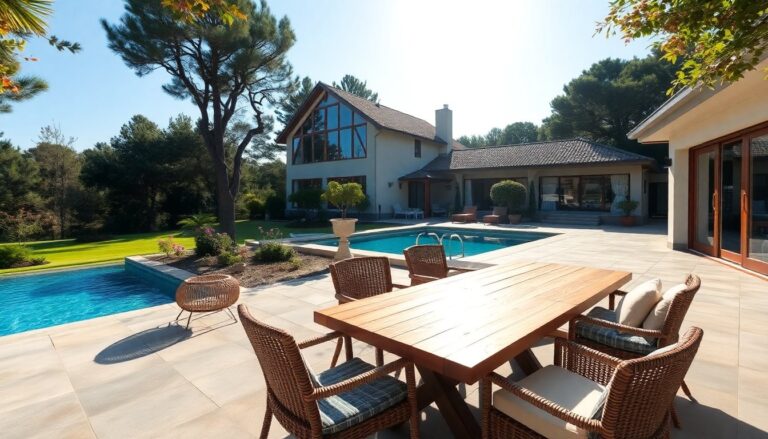When selling a second residence, a strategic approach is crucial. The real estate market is dynamic, and effective navigation is essential for maximizing outcomes. Whether downsizing, managing financial changes, or transitioning to a new phase, careful planning and execution are vital.
The first step is to determine the true market
value of your home. This involves more than checking recent sales in your area; it is necessary to consider factors such as location, size, and overall condition. Engaging a professional appraiser provides a comprehensive evaluation that aligns with current market trends.
Assessing your property’s value
Understand the factors influencing the worth of your second home. Key elements include:
- Market conditions: Determine whether you are in a buyer’s or seller’s market.
- Property size and features: Larger homes or those with unique amenities typically command higher prices.
- Location: Proximity to attractions, schools, and transport significantly affects value.
Once you establish a solid valuation, the next step is to develop a robust marketing strategy. In a competitive landscape, visibility is critical for attracting potential buyers. Utilize online platforms, social media, and real estate agencies to effectively promote your property.
Creating an appealing presentation
Your home’s presentation greatly influences a buyer’s first impression. It is crucial to ensure that your property looks its best. Consider investing in professional photography to effectively showcase your home. High-quality images can highlight unique features, such as a beautifully landscaped garden or a modern kitchen layout.
Making necessary improvements
Before showing your home, address any minor repairs that may have been overlooked. Simple touch-ups, such as painting walls or fixing leaky faucets, can enhance the perception of your property’s overall value. A clean, organized space creates an inviting atmosphere that resonates with potential buyers.
Organizing an open house invites potential buyers to view your home in a relaxed setting. During these events, be prepared to provide detailed information about the property and answer questions. Creating a welcoming environment can significantly increase the chances of a sale.
Finalizing the sale
Once you attract interested buyers, the next phase involves negotiation and closing the deal. It is essential to have all necessary documentation, such as property deeds and energy certificates, ready to facilitate a smooth transaction. Partnering with a knowledgeable real estate attorney helps ensure that all legal processes are correctly followed.
Negotiation tactics
Negotiation is a natural part of the selling process. Be prepared to discuss the price and terms with potential buyers. While remaining flexible is important, having a clear understanding of your property’s worth helps avoid undervaluation. Mastering negotiation can lead to favorable outcomes for both you and the buyer.
Selling a second home is a multifaceted endeavor requiring careful planning and execution. By accurately valuing your property, developing an effective marketing strategy, and presenting your home appealingly, you can significantly enhance the chances of a successful sale. Implement these strategies to maximize the value of your second residence and enjoy a smooth selling experience.

